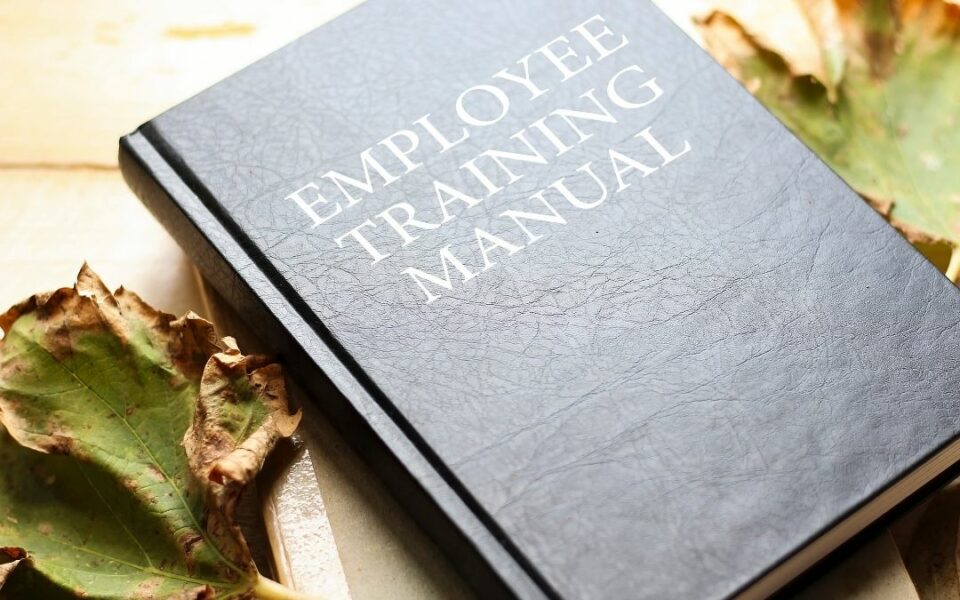Onboard Your New Employee Like a Rockstar
Turnover in the dental industry is huge, and most dentists or office managers dread the thought of having to hire yet again. The hiring process is a burden for so many reasons—increasing your already heavy workload with doing interviews and reviewing resumes, the stress of trying to choose the right person for the job, and that sinking feeling of wasting time with all the wrong people until you finally find the right one. Hiring consumes a lot of time and energy. Ultimately, with every new employee, the hope is you’ll find a keeper so you don’t have to go through the process again anytime soon. This leads many people to worry about how to hire well, which is definitely important. However, if you want to keep the new hire that you worked so hard to find, it is just as important to learn how to onboard effectively beginning their first day on the job.
First, what is onboarding and why is it important?
Onboarding refers to all of the various steps in providing orientation and on-the-job training to the new person during their first few days, weeks, and months in the office to ensure they get what they need to do their job well and be productive. There are hundreds of studies showing a direct correlation between the quality of a new employee’s onboarding and the length of time they choose to stay with that company. Studies show that many new employees decide within the first week whether they are going to stay somewhere long-term or not (and some sources say that millennials tend to decide sometime in the first day). Therefore, the fix to reducing turnover for your office is to not only hire well but also provide effective onboarding.
The length of time to onboard a new employee is different depending on the type of position, the specific needs of the person you hire, and your organization. However, effective onboarding will take much longer than just the first day or first week. Quality onboarding for a new employee actually starts before their first day and typically lasts 90 days, but it can go as long as a full year in some circumstances. Again, it depends on various factors, so the measure of success needs to be the outcome rather than the timeframe. First, answer this question: What does an effectively onboarded, well trained, fully acclimated employee look like for your office? Then, plan accordingly to get your hire prepared to that degree of readiness for their new position.
Effective onboarding contains several distinct phases along the way, which I will outline here.
Again, this is not a cookie-cutter process, but having much of it outlined, documented, and prepared will increase your level of success with onboarding new employees. The phases we are going to talk about here are the first day and the first few weeks, which are vital because they set the foundation for all that comes afterward.
The initial phase occurs before the new employee starts their first day.
There needs to be a detailed plan for the first day, including these items:
- Where will the new person put their things?
- Where will they sit or primarily work?
- Who will show them around and be responsible for getting them where they need to be?
- Who will they meet with on the first day?
- What tasks will they need to accomplish on the first day?
- What will they need to do their job? Are those things already prepared for them
- What do they need to see or observe on the first day?
- What will they be shown or taught? What will need to be explained to them?
Much of the above is easy to write out, and I suggest putting it into a printed checklist that you can follow as the day progresses, checking off each item as it gets completed. Making a concerted effort to sit down and plan out the new employee’s first day in this way will help both the new person and you to feel ready for the transition and less stressed about making sure things go right.
A final question, which is actually crucial, is: How will the new person be welcomed to their new position and to the company? This is often overlooked, but it is so important to the long-term success of any new hire. Remember your first day as a kid walking into a new classroom, or your first day in a new job with an existing team. Think about how you felt and how nervous you probably were. That is exactly how this new employee is feeling! To make this day a huge success for them and lay the groundwork for feeling like part of your team, you will need to plan specific ways to help them feel welcomed.
The next phase to plan out is what does this person need to learn, how, and by when.
Again, this information should be prepared in the form of a checksheet. This methodical approach allows you to make ensure things are mapped out clearly for the new employee, ensuring that they will learn what they need in the right way, in the right order, and with the right outcome in mind. The best way to build this checksheet is to start with the job description and write down everything they are responsible for. Below each item, list out each task that is required for those responsibilities. Put these tasks in this order: ease of learning, and priority of urgency to learn. These tasks should build on each other in a way that makes sense and allows the new person to learn the sequence of the entire job duty.
From there, you will need to designate who, how, and when for each task.
Put the checklist in order of what should be learned first, who will be responsible (either for teaching the person directly or for making sure the person gets the needed training), and a deadline for it to happen. It’s important to note that training a new person for your team does not always have to mean that they need to sit next to another person and learn or observe what the other person does. Many times, you can employ alternate teaching methods such as written policies, video training, articles, etc. I have found that training videos can be ideal for new hires because the person can learn at their own speed and not take time away from the current team performing their daily tasks. Also, using the same training video for each new hire and your current team means consistency in training, so that you can be certain tasks and procedures are always being followed in the same way regardless of who is doing them.
The checklist should be divided into weeks, so the employee can refer to the list for week one and make sure they are getting what they need to complete all that is on that list for the first week in the office. Then, they do that the next week, and so on until they have learned everything on that checksheet and can do the tasks completely and effectively without a reference.
The checksheet will continue with the employee as they travel around learning what they need to learn until everything is checked off. Each item on the list should be signed off by a team member. It is important that whoever signs off on the checksheet ensures that the new employee really knows how to do the task listed. This may take the form of a test demonstration, a quiz, or role playing.
The biggest mistake made by many dental offices with onboarding is that they don’t plan it out thoroughly ahead of time.
Rushing through the onboarding process does not allow the person the right amount of time or tools to learn what they need. When you make onboarding a thoughtful and methodical process, the new employee will feel better about their skills, feel more at home in your company, and be more productive long term.



